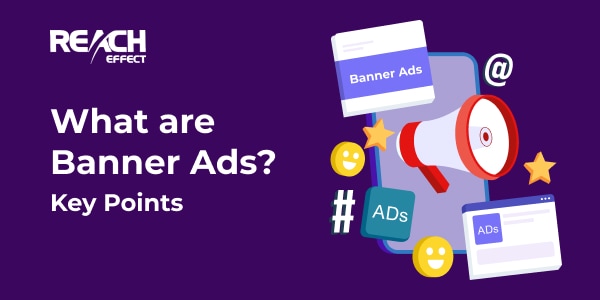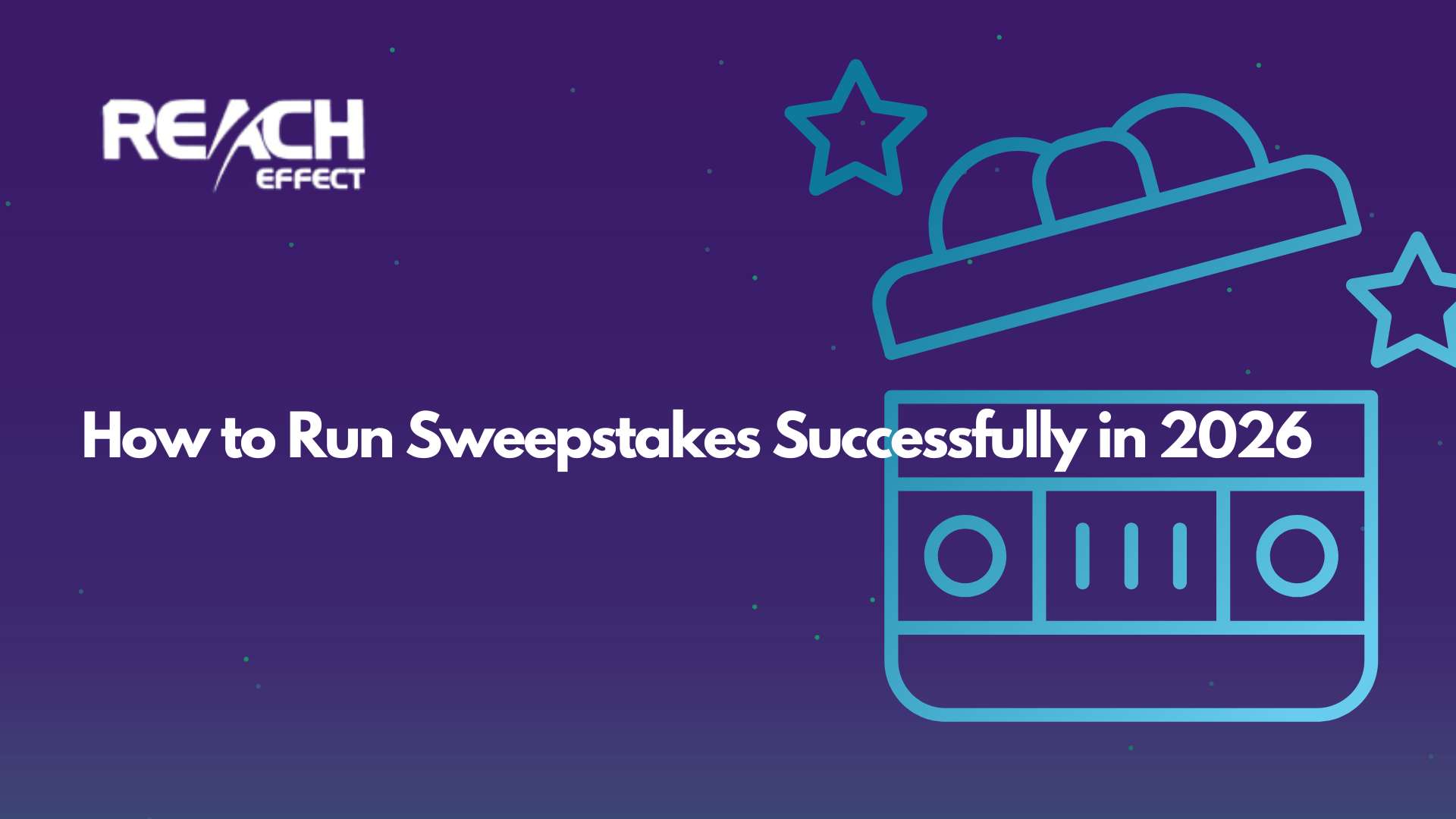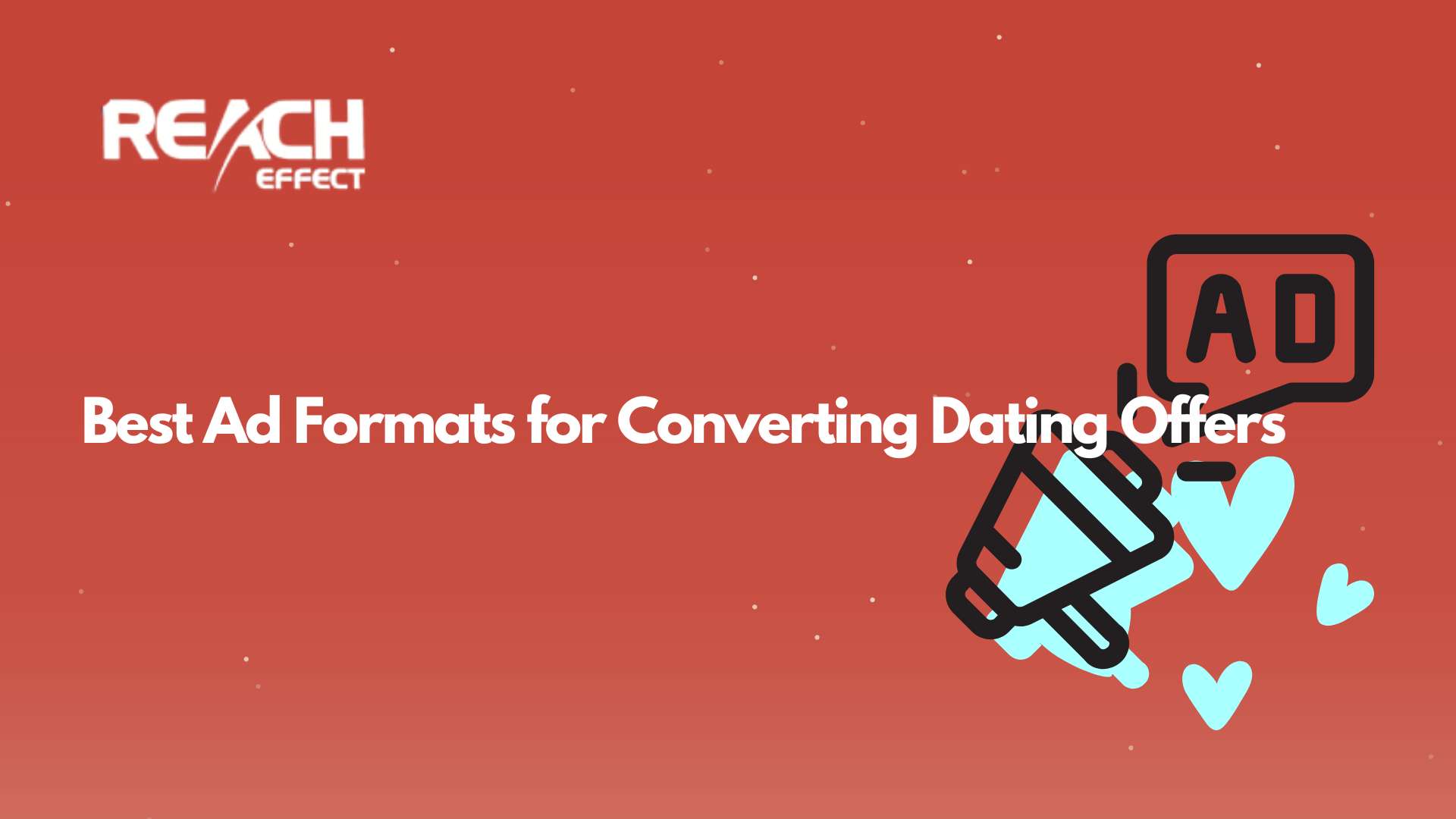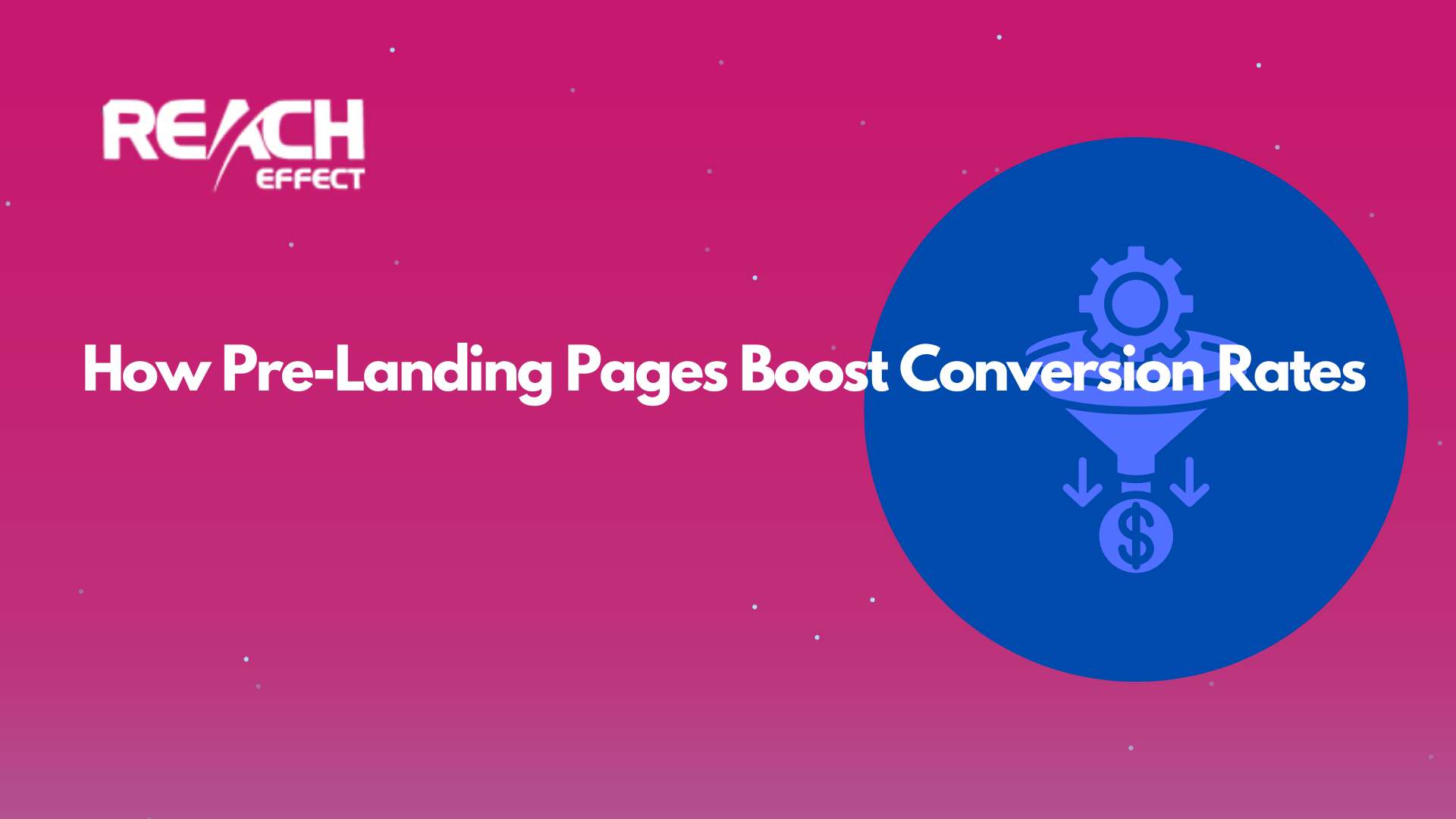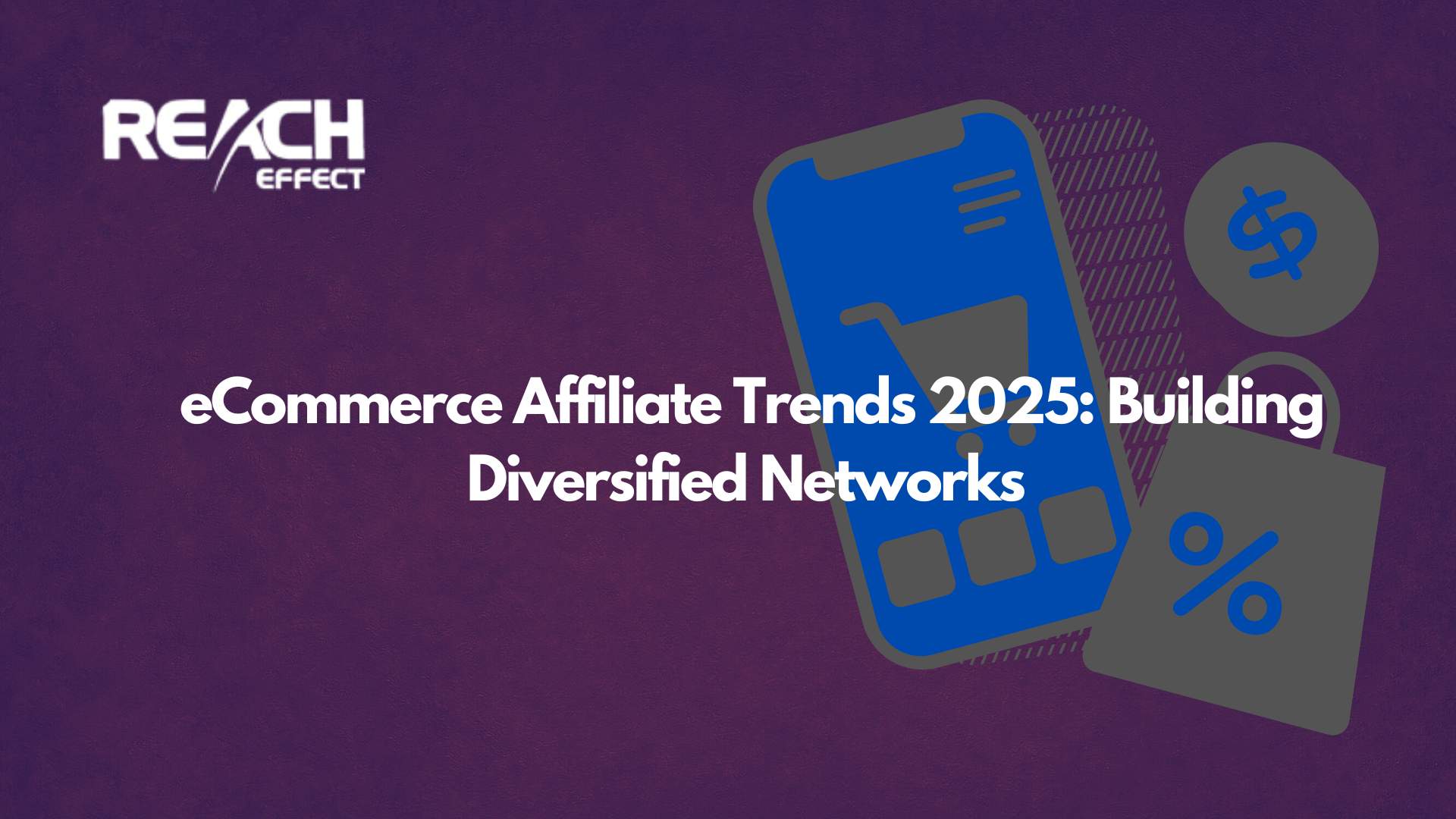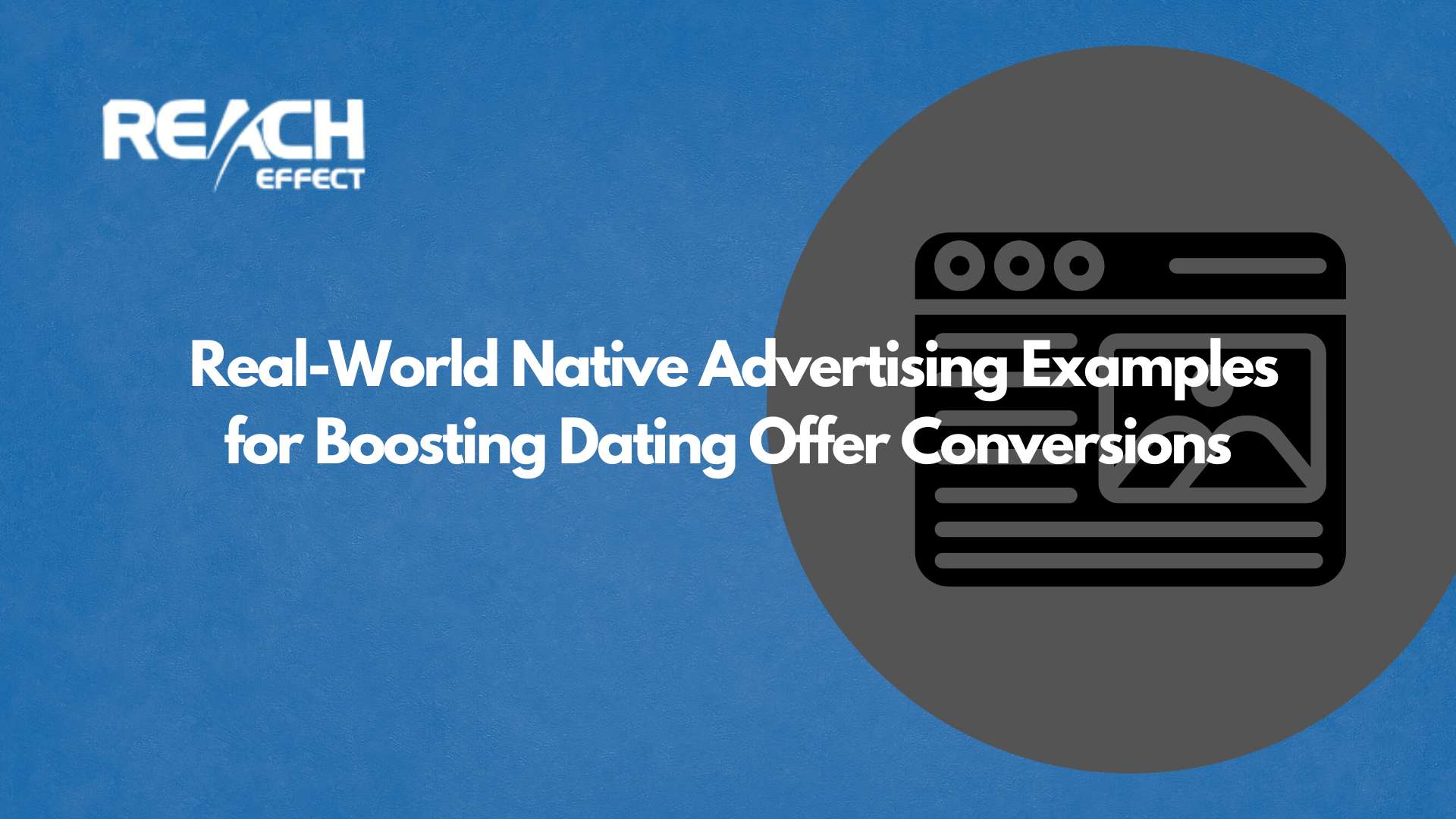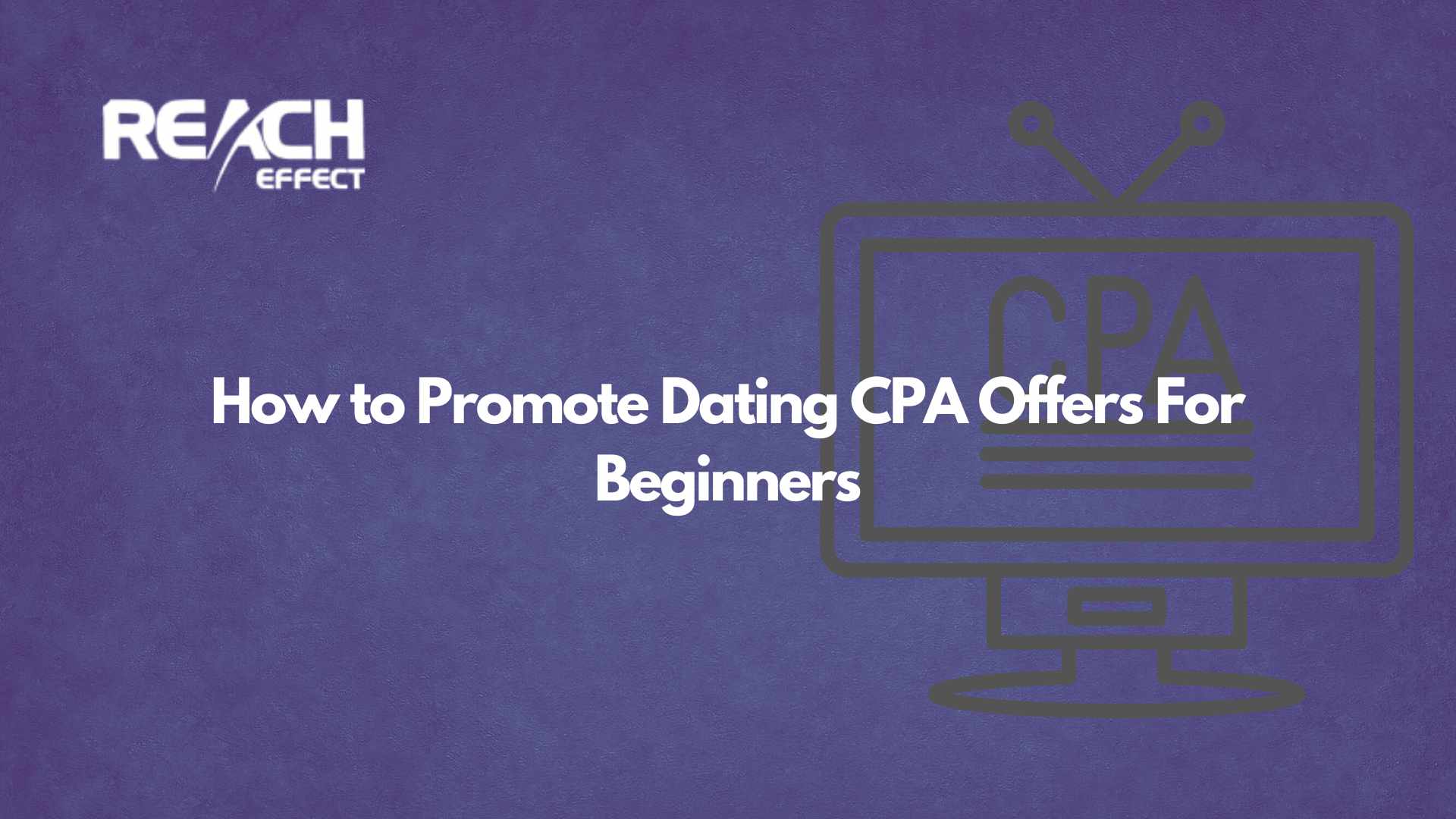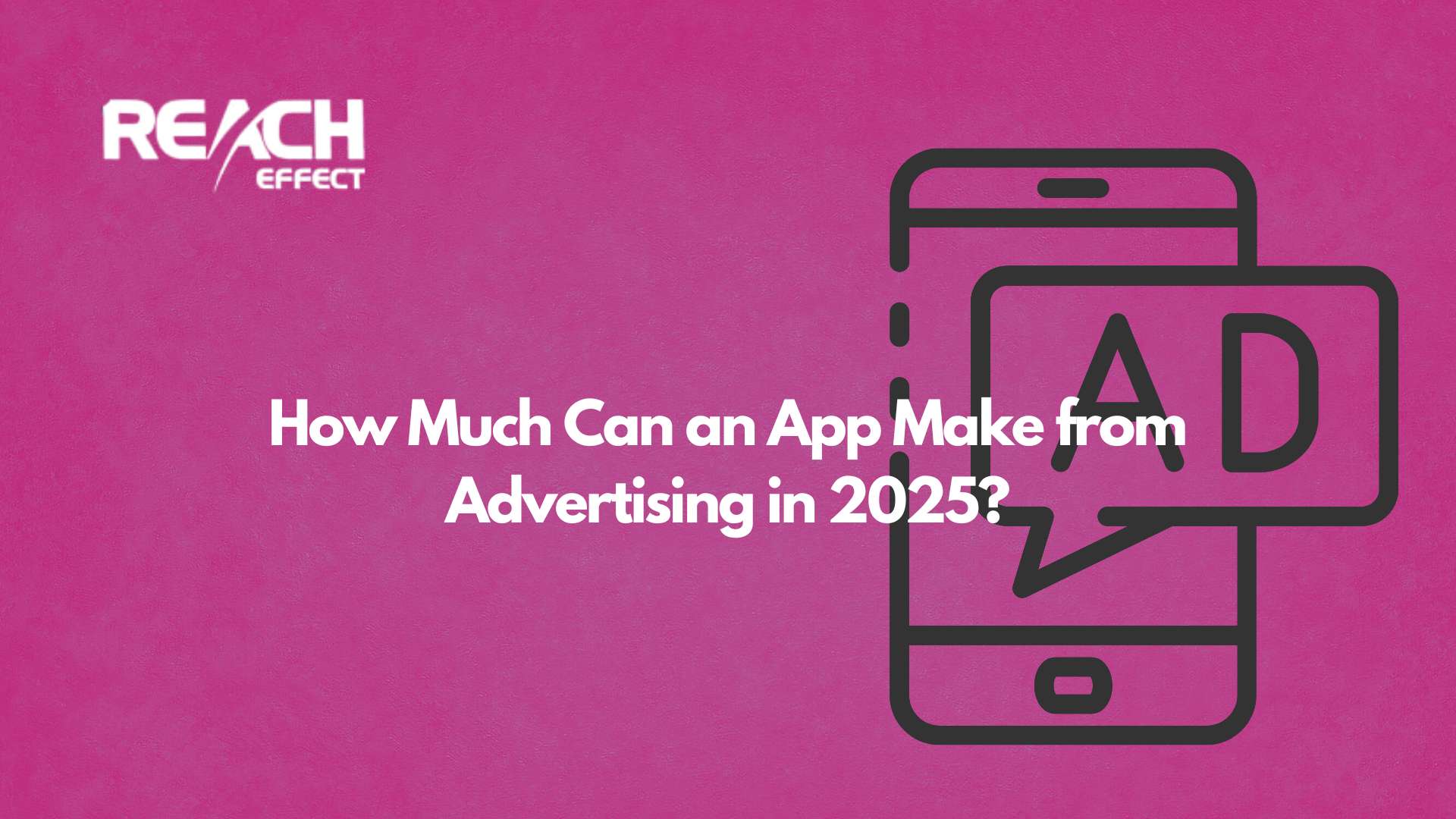In the ever-evolving landscape of online promotion, web promotions have emerged as a cornerstone strategy for businesses to reach their TAs effectively.
Thank you for reading this post, don't forget to subscribe!Web promotions are visually appealing promotions displayed on websites with the goal of attracting users’ attention and enticing them to click through to the website. Ads come in various formats, including static images, animated GIFs, and even videos. The purpose is to create firm awareness, generate leads, and drive conversions. These ads often feature eye-catching visuals, concise text, and a clear call-to-action (CTA) to guide users toward the desired action.
This article delves into the world of web promotions, exploring their benefits, optimal sizes, effective placement, and key differentiators from other online promotion forms.
Benefits of Using Banner Ads
Among the pros of banner placement, there are:
- Increased Firm Visibility. Web promotions placed on high-traffic websites expose your firm to a wide audience. It enhances firm recognition and recall.
- Precise Audience Targeting. You can choose websites that align with your key demographics. It ensures your message reaches the right people.
- Cost-Effective. Web promotions can be a budget-friendly option compared to other forms of promotion. It makes them accessible to businesses of all sizes.
- Measurable Performance. Advanced analytics tools enable you to track click-through rates, conversions, and impressions. It provides valuable insights into campaign effectiveness.
- Creative Freedom. You have the flexibility to experiment with visuals and ad copy. It optimizes campaigns for the best results.

Website Banner Size: Getting It Right
Selecting the appropriate promotion size is crucial for an ad’s success. There isn’t a one-size-fits-all approach. But some sizes have become standard due to their performance across various platforms:
- Leaderboard (728×90 pixels). This wide, horizontal message fits well at the top or bottom of a webpage. And it is effective for displaying logos, messages, and CTAs.
- Medium Rectangle (300×250 pixels). This versatile size can be placed within content or in the sidebar. It allows for a balance between visibility and unobtrusiveness.
- Skyscraper (160×600 pixels). Taller and narrower, this format is often positioned in sidebars. It delivers a substantial amount of information without overwhelming the user.
- Large Rectangle (336×280 pixels). It offers a larger content area. This website banner size is beneficial for showcasing product images and detailed information.
Effective Banner Placement
Web placement significantly influences an ad’s performance and user engagement:
- Above the Fold. Placing a promotion within the visible area of a webpage (above the fold) ensures that users see it immediately upon landing on the site.
- Within Content. Integrating promotions within relevant content enhances their visibility and likelihood of interaction.
- Sidebar. Sidebars, often used for navigation, provide a strategic location for promotion placement. And this is without disrupting the main content.
- At the Bottom. At the end of content banner placement can be effective. Users who read through the article may be interested in related offerings.
Conclusion
As a result, what are banner ads? In the realm of online promotion, web promotions remain a powerful tool for businesses. They help to capture the attention of their TA. Their ability to combine visual appeal with clear CTAs makes them a versatile choice. And firms choose them for promotion and lead generation. You can maximize the impact of their campaigns and achieve their desired outcomes.

